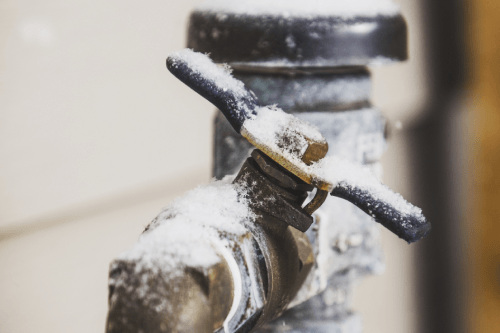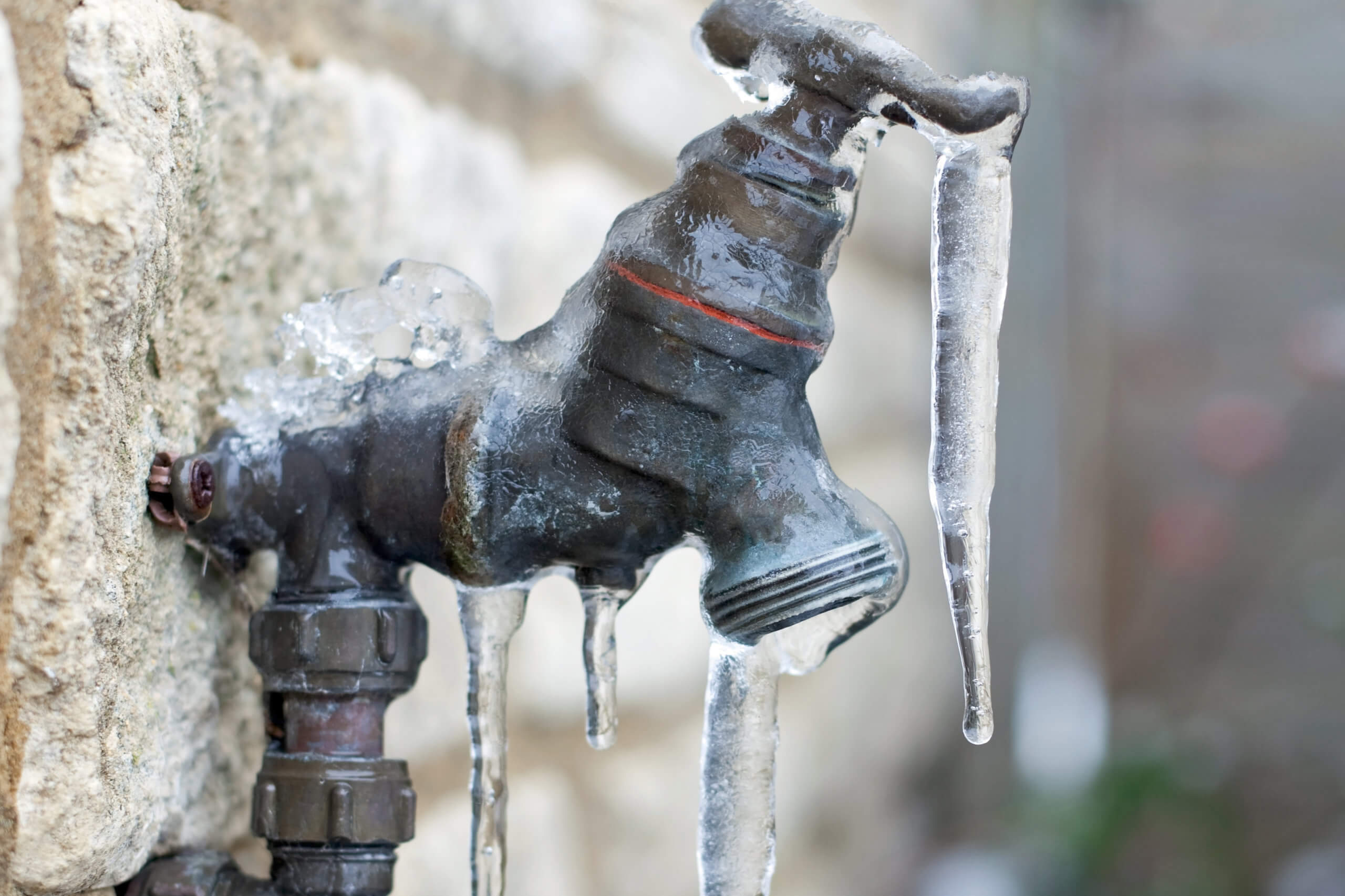Tips for Avoiding Frozen Plumbing in Winter: Expert Tips
Tips for Avoiding Frozen Plumbing in Winter: Expert Tips
Blog Article
We've discovered this great article about How to Prevent Your Pipes From Freezing below on the web and accepted it made sense to talk about it with you on my blog.

Winter can damage your plumbing, especially by freezing pipelines. Right here's how to stop it from occurring and what to do if it does.
Introduction
As temperatures decrease, the danger of frozen pipelines rises, possibly causing pricey repair services and water damages. Understanding how to prevent frozen pipelines is crucial for home owners in cool environments.
Prevention Tips
Insulating susceptible pipelines
Wrap pipelines in insulation sleeves or use warmth tape to safeguard them from freezing temperatures. Concentrate on pipelines in unheated or outside areas of the home.
Heating methods
Keep indoor rooms appropriately heated up, specifically areas with plumbing. Open up cabinet doors to permit warm air to distribute around pipelines under sinks.
Exactly how to determine icy pipelines
Seek decreased water flow from taps, unusual odors or sounds from pipelines, and noticeable frost on exposed pipes.
Long-Term Solutions
Structural changes
Consider rerouting pipes far from exterior walls or unheated areas. Add additional insulation to attic rooms, cellars, and crawl spaces.
Updating insulation
Buy high-grade insulation for pipelines, attic rooms, and wall surfaces. Appropriate insulation aids keep regular temperature levels and minimizes the danger of frozen pipelines.
Protecting Outdoor Pipes
Yard hoses and outside taps
Separate and drain pipes garden hoses prior to wintertime. Install frost-proof spigots or cover exterior faucets with shielded caps.
Comprehending Icy Pipes
What causes pipes to ice up?
Pipes ice up when exposed to temperature levels below 32 ° F (0 ° C) for prolonged durations. As water inside the pipelines freezes, it broadens, putting pressure on the pipeline walls and possibly triggering them to burst.
Risks and problems
Icy pipelines can bring about water supply disturbances, residential property damage, and pricey repair services. Burst pipelines can flooding homes and create substantial structural damages.
Indications of Frozen Pipeline
Recognizing frozen pipelines early can stop them from rupturing.
What to Do If Your Pipes Freeze
Immediate actions to take
If you believe frozen pipes, maintain faucets available to ease stress as the ice melts. Utilize a hairdryer or towels soaked in warm water to thaw pipelines slowly.
Final thought
Protecting against frozen pipelines calls for proactive measures and quick responses. By comprehending the reasons, indications, and preventive measures, property owners can safeguard their plumbing during winter.
5 Ways to Prevent Frozen Pipes
Drain Outdoor Faucets and Disconnect Hoses
First, close the shut-off valve that controls the flow of water in the pipe to your outdoor faucet. Then, head outside to disconnect and drain your hose and open the outdoor faucet to allow the water to completely drain out of the line. Turn off the faucet when done. Finally, head back to the shut-off valve and drain the remaining water inside the pipe into a bucket or container. Additionally, if you have a home irrigation system, you should consider hiring an expert to clear the system of water each year.
Insulate Pipes
One of the best and most cost-effective methods for preventing frozen water pipes is to wrap your pipes with insulation. This is especially important for areas in your home that aren’t exposed to heat, such as an attic. We suggest using foam sleeves, which can typically be found at your local hardware store.
Keep Heat Running at 65
Your pipes are located inside your walls, and the temperature there is much colder than the rest of the house. To prevent your pipes from freezing, The Insurance Information Institute suggests that you keep your home heated to at least 65 degrees, even when traveling. You may want to invest in smart devices that can keep an eye on the temperature in your home while you’re away.
Leave Water Dripping
Moving water — even a small trickle — can prevent ice from forming inside your pipes. When freezing temps are imminent, start a drip of water from all faucets that serve exposed pipes. Leaving a few faucets running will also help relieve pressure inside the pipes and help prevent a rupture if the water inside freezes.
Open Cupboard Doors
Warm your kitchen and bathroom pipes by opening cupboards and vanities. You should also leave your interior doors ajar to help warm air circulate evenly throughout your home.

As a keen person who reads on Prevent Frozen Pipes , I imagined sharing that segment was smart. Sharing is good. You won't know, you could be doing someone a favor. Bless you for your time. Revisit us soon.
Schedule Services Report this page